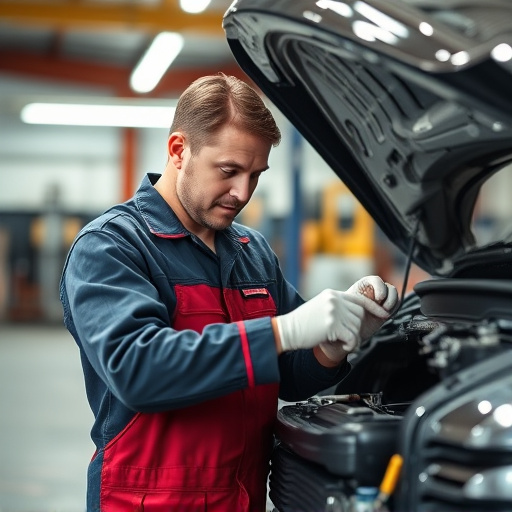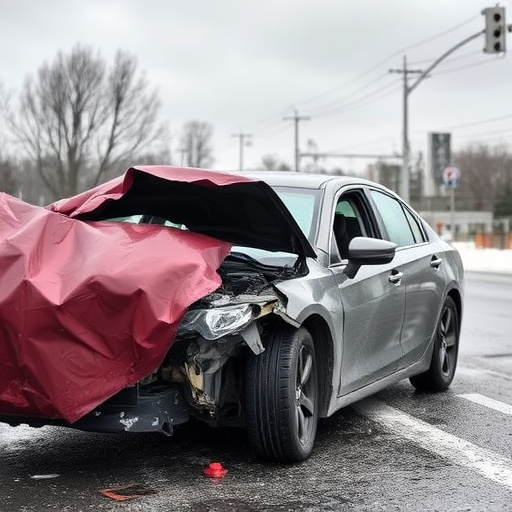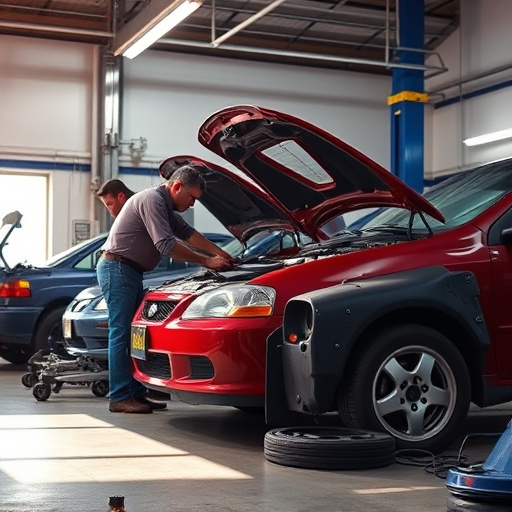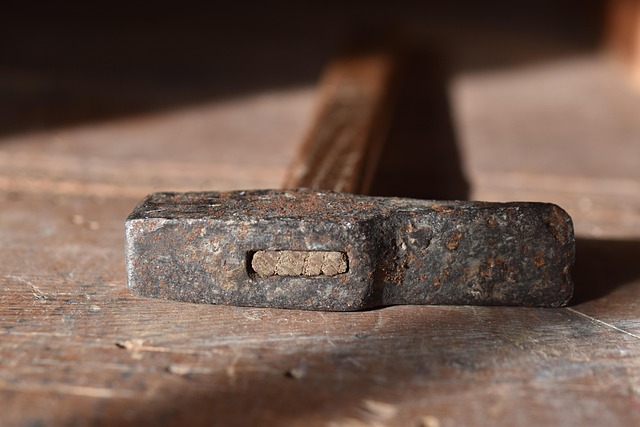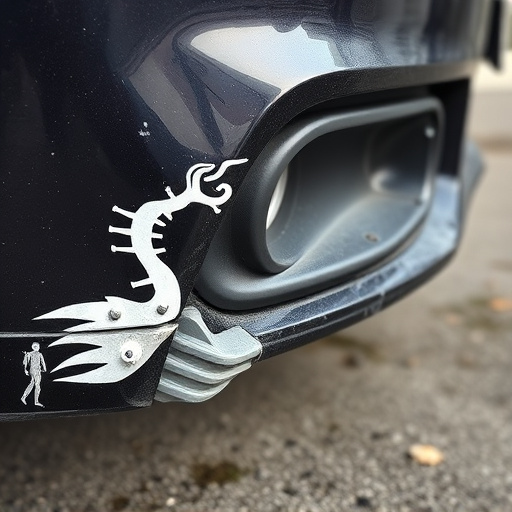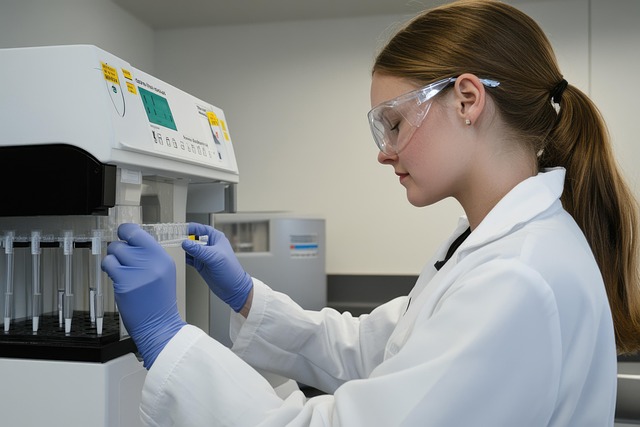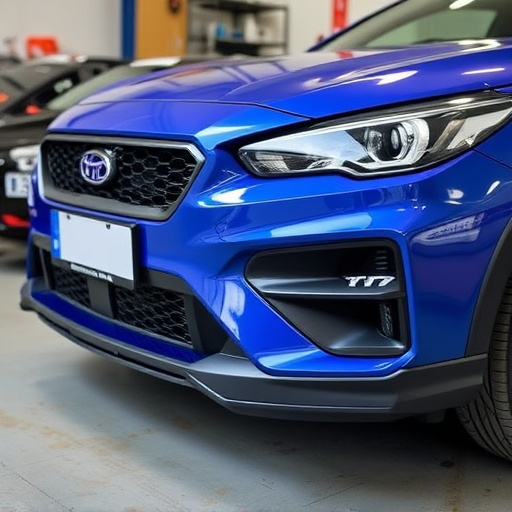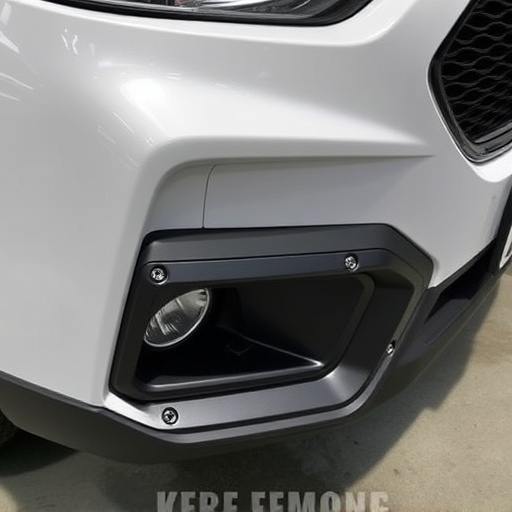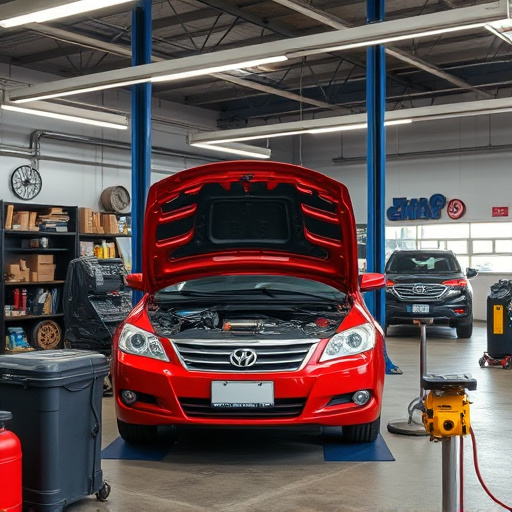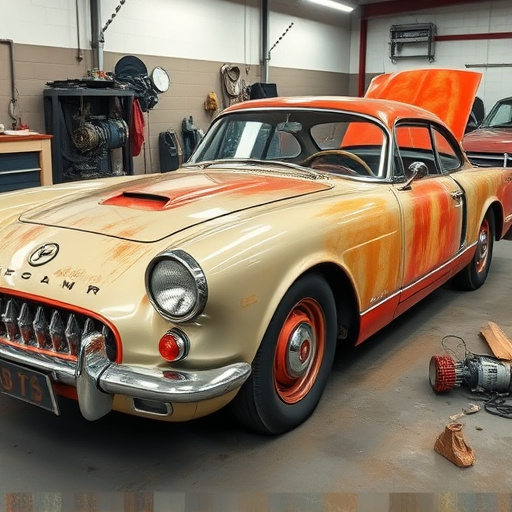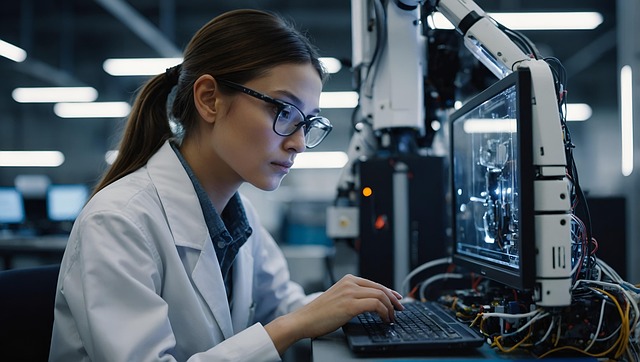3D car scanning technology revolutionizes vehicle diagnostics by creating detailed 3D models, uncovering hidden components and issues, enhancing repair precision, efficiency, cost estimates, and turnaround times for both everyday and luxury vehicles, and improving training and quality control in auto body shops.
“The automotive industry is undergoing a quiet revolution, thanks to the advent of 3D car scanning technology. This innovative tool is transforming vehicle diagnostics by offering unprecedented accuracy and detail in damage assessment. By creating precise digital models of cars, 3D scanning provides mechanics with a powerful diagnostic aid, enabling faster, more efficient repairs.
In this article, we explore how 3D scanning enhances modern diagnostics, its impact on the future of auto repairs, and why it’s becoming an indispensable asset for workshops.”
- Unlocking Vehicle Diagnostics with 3D Scanning
- How 3D Technology Enhances Damage Assessment
- The Future of Auto Repairs: 3D Car Scanning
Unlocking Vehicle Diagnostics with 3D Scanning
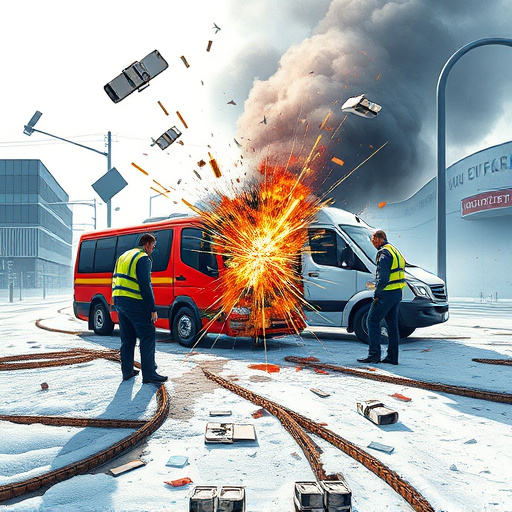
The advent of 3D car scanning technology has revolutionized vehicle diagnostics, providing a deeper understanding of a car’s intricate components. This advanced tool captures detailed 3D models of vehicles, allowing auto repair shops to conduct thorough inspections and accurately identify issues that may be invisible to the naked eye. By unlocking these digital blueprints, so to speak, technicians can navigate the complex landscape of modern automotive systems with unprecedented precision.
This technology plays a pivotal role in streamlining vehicle repair services, especially when addressing challenges like dent removal or diagnosing intricate mechanical problems. With 3D scanning, auto repair shops gain access to comprehensive data, enabling them to develop tailored solutions that address specific vehicle needs. As a result, the process becomes more efficient, accurate, and cost-effective for both mechanics and car owners alike.
How 3D Technology Enhances Damage Assessment
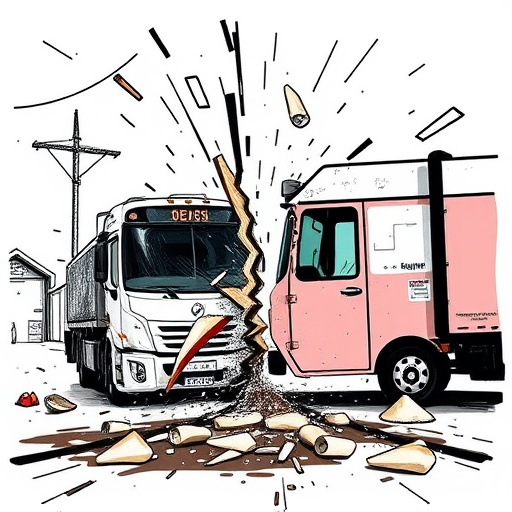
The advent of 3D car scanning technology has revolutionized damage assessment in automotive diagnostics. Unlike traditional methods that rely on manual inspection and two-dimensional measurements, 3D scanning provides a comprehensive, digital blueprint of the vehicle’s exterior. This advanced technology captures intricate details, including curves, contours, and subtle imperfections, offering an unparalleled level of precision. By generating highly accurate 3D models, technicians can now assess damage to not just the visible surfaces but also hidden areas like trim panels, grilles, and even underbody components—a significant advantage when dealing with complex luxury vehicle repairs or precise auto glass replacements.
With 3D scanning, the process of estimating repair costs becomes more efficient and reliable. The detailed models enable technicians to identify and categorize damage accurately, ensuring that every aspect of the vehicle is considered. This technology is particularly beneficial for specialized tasks like vehicle paint repair, where achieving a perfect match requires precise measurements and an understanding of the car’s unique features. By streamlining the assessment phase, 3D car scanning technology contributes to more efficient workflows, faster turnaround times, and higher-quality repairs, whether for everyday vehicles or high-end luxury cars.
The Future of Auto Repairs: 3D Car Scanning
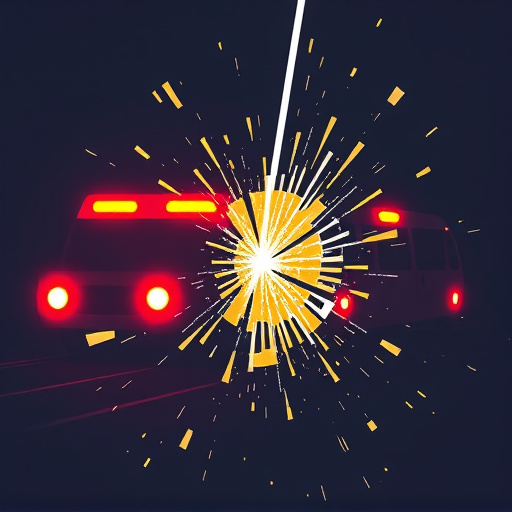
The future of auto repairs is here with the advent of 3D car scanning technology. This innovative tool is transforming how we approach diagnostics and maintenance in the automotive industry. By creating detailed, digital models of vehicles, 3D scanning offers a non-invasive method to inspect and assess both external and internal components. For example, it can accurately measure dents, cracks, or damage to the body panels, ensuring precise repairs. This technology also facilitates complex tasks like auto glass repair by providing clear visuals of the frame and surrounding areas.
In an auto body shop, 3D scanning is a game-changer, streamlining processes and improving efficiency. It allows for more accurate cost estimates, faster turnaround times, and higher-quality repairs. Moreover, it can aid in training and quality control, as the digital models serve as references for consistent, professional workmanship. With its ability to capture intricate details, 3D car scanning technology promises a future where autobody repairs are more precise, timely, and cost-effective than ever before.
3D car scanning technology is revolutionizing vehicle diagnostics, offering a comprehensive and accurate method for assessing damage. By providing detailed digital models of cars, this innovative approach enhances repair precision and efficiency. As the future of auto repairs unfolds, embracing 3D scanning technology will be key to streamlining processes, reducing costs, and ensuring superior outcomes. Its impact on the industry is undeniable, promising a new era of advanced and precise automotive diagnostics.
